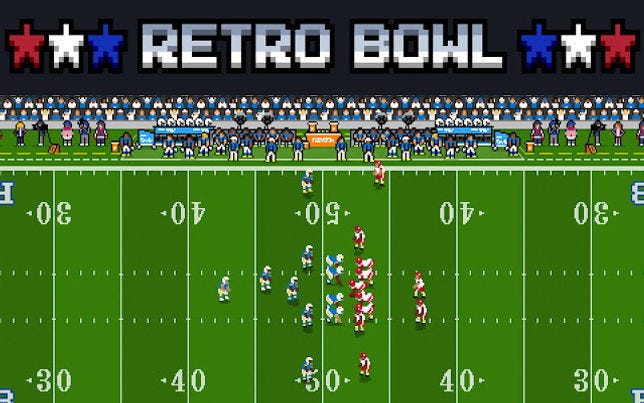Tech in Science Fiction vs. Reality: Bridging the Gap
Science fiction has long served as a wellspring of inspiration for technological advancements and breakthroughs. From interstellar travel and artificial intelligence to advanced medical procedures and powerful weaponry, the genre has painted vivid pictures of possible futures. However, when we compare the tech portrayed in science fiction to what's available in reality, we often find a stark contrast. In this blog article, we'll explore some of the most iconic examples of tech in science fiction and how they measure up to the present-day reality.
- Interstellar Travel:
Science fiction teems with visions of interstellar travel, featuring ships capable of faster-than-light (FTL) travel, wormholes, and warp drives. While these concepts remain firmly in the realm of fiction, humanity has made notable progress in space exploration. Real-life missions to Mars, such as those proposed by SpaceX and NASA, are slowly inching us closer to making science fiction space travel a reality.
- Artificial Intelligence:
In science fiction, artificial intelligence often takes the form of sentient robots like R2-D2 and C-3PO from "Star Wars" or Data from "Star Trek." In reality, AI has made significant strides, albeit in different forms, such as virtual assistants like Siri and Alexa. Machine learning and deep learning technologies continue to advance, with AI playing vital roles in healthcare, autonomous vehicles, and even finance.
- Teleportation:
Teleportation, as seen in "Star Trek," where characters can instantly beam from one place to another, remains a far-off dream. However, researchers have made progress in quantum teleportation, where quantum states of particles are transmitted from one location to another. This is still in its infancy and a long way from the convenience of sci-fi teleportation.
- Holograms:
Science fiction often portrays holographic displays and communication systems. While we don't have fully immersive 3D holograms as in "Star Wars," we do have advanced 2D holographic technology used in entertainment, medical imaging, and data visualization. The development of augmented reality (AR) and virtual reality (VR) technologies is bringing us closer to the holographic interfaces of the future.
- Space Colonization:
In science fiction, we see sprawling space colonies on distant planets and moons. In reality, projects like SpaceX's Starship are aiming to make space colonization a reality. While we're far from establishing self-sustaining colonies, these endeavors are a step toward fulfilling the sci-fi vision of extraterrestrial habitation.
- Nanotechnology:
Nanotechnology, as depicted in "The Diamond Age" by Neal Stephenson or "Prey" by Michael Crichton, is a field that holds significant promise. In the real world, nanotechnology has led to advances in medicine, materials science, and electronics. The development of nanobots and nanomaterials is helping bridge the gap between fiction and reality.
- Powerful Weaponry:
Weapons like lightsabers and phasers from science fiction series are still a dream. Nevertheless, advancements in military technology have given us directed energy weapons, railguns, and advanced missile systems. The line between science fiction and military reality continues to blur.
Conclusion:
Science fiction continues to inspire and shape the trajectory of technological advancement. While many concepts remain firmly in the realm of imagination, there are tangible examples of tech in science fiction becoming a reality. As technology evolves, the gap between fiction and reality narrows, and the boundary of what's possible continues to expand. Who knows what sci-fi-inspired innovations await us in the future?
https://pingback.com/retro-bowl-unblocked/retro-bowl-unblocked-play-now-retro-bowl-unblocked




Comentarii
Trimiteți un comentariu